The Ultimate Guide To Companion Planting For Runner Beans
The Ultimate Guide to Companion Planting for Runner Beans
Runner beans are a delicious and versatile vegetable that can be grown in most gardens. They are also relatively easy to care for, making them a good choice for beginner gardeners.
One way to improve the growth and productivity of your runner beans is to practice companion planting. Companion planting is the practice of planting different types of plants together in a way that benefits each other. There are many different companion plants that can be beneficial for runner beans, but some of the most popular include:
- Carrots: Carrots help to repel pests such as carrot fly and root nematodes, which can damage runner bean plants.
- Cucumbers: Cucumbers and runner beans can help to support each other. The cucumbers provide shade for the runner beans, which can help to protect them from the sun. The runner beans, in turn, help to keep the cucumbers cool by providing them with air circulation.
- Eggplant: Eggplant and runner beans can help to improve the flavor of each other's fruits. The eggplant releases a compound that helps to sweeten the runner beans, while the runner beans release a compound that helps to improve the texture of the eggplant.
- Lettuce: Lettuce and runner beans can help to suppress weeds. The lettuce shades the soil, which makes it difficult for weeds to germinate. The runner beans help to improve the nitrogen content of the soil, which benefits the lettuce.
- Marigolds: Marigolds help to repel pests such as Mexican bean beetles and whiteflies, which can damage runner bean plants.
- Nasturtiums: Nasturtiums help to repel pests such as aphids and spider mites, which can damage runner bean plants. They also attract beneficial insects such as ladybugs and hoverflies, which help to control pests.
- Peas: Peas and runner beans can help to improve the nitrogen content of the soil. Peas are legumes, which means that they can fix nitrogen from the air. This nitrogen is then released into the soil, where it can be used by both the peas and the runner beans.
- Potatoes: Potatoes and runner beans can help to suppress weeds. The potatoes shade the soil, which makes it difficult for weeds to germinate. The runner beans help to improve the nitrogen content of the soil, which benefits the potatoes.
- Spinach: Spinach and runner beans can help to improve the flavor of each other's leaves. The spinach releases a compound that helps to sweeten the runner beans, while the runner beans release a compound that helps to improve the texture of the spinach.
When companion planting runner beans, it is important to consider the height and spacing requirements of the different plants. Runner beans can grow quite tall, so it is important to plant them behind shorter plants. They also need plenty of space to spread out, so make sure to leave at least 2 feet of space between each plant.
With a little planning, you can use companion planting to help your runner beans grow healthy and productive. By planting them with the right companion plants, you can improve their resistance to pests and diseases, improve the flavor of their fruits, and even boost their yields.
Runner beans are a delicious and versatile vegetable that can be grown in many different climates. But did you know that companion planting can help you grow even better runner beans?
Companion planting is the practice of planting certain plants together to benefit each other. Some good companion plants for runner beans include:
- Basil: Basil helps to repel pests and attract beneficial insects, both of which can help to keep your runner beans healthy.
- Cucumbers: Cucumbers and runner beans both enjoy the same conditions, so they can be planted together to save space in your garden.
- Marigolds: Marigolds help to repel nematodes, which are tiny worms that can damage the roots of runner beans.
- Radishes: Radishes grow quickly and can be harvested before they shade out your runner beans. They also help to improve the soil quality.
If you're interested in learning more about companion planting for runner beans, I recommend visiting Gardenia Inspiration. This website has a wealth of information on the topic, including detailed lists of companion plants and tips on how to plant them together.
FAQ of companion planting for runner beans
- What are some good companion plants for runner beans?
Some good companion plants for runner beans include:
- Basil: Basil is a natural insect repellent and can help to deter pests such as aphids, beetles, and mosquitoes. It also helps to improve the flavor of the beans.
- Carrots: Carrots help to suppress the growth of root-knot nematodes, which can damage the roots of runner beans.

- Cucumbers: Cucumbers and runner beans are both heavy feeders, so they benefit from being planted together. They also help to shade each other from the sun, which can help to prevent wilting.

- Marigolds: Marigolds are another natural insect repellent and can help to deter pests such as Japanese beetles, whiteflies, and thrips.

- Peas: Peas and runner beans are both legumes, which means that they fix nitrogen in the soil. This can help to improve the growth of both plants.
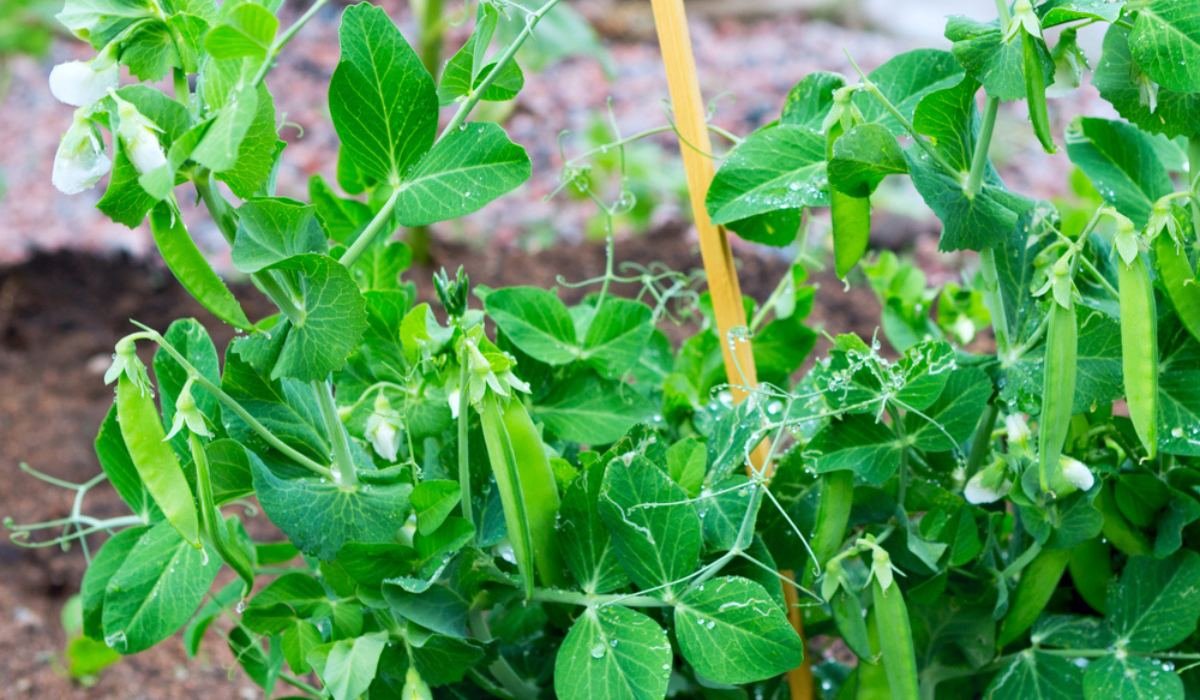
- What are some plants that I should avoid planting near runner beans?
Some plants that you should avoid planting near runner beans include:
- Alliums: Alliums, such as garlic, onions, and chives, can stunt the growth of runner beans.
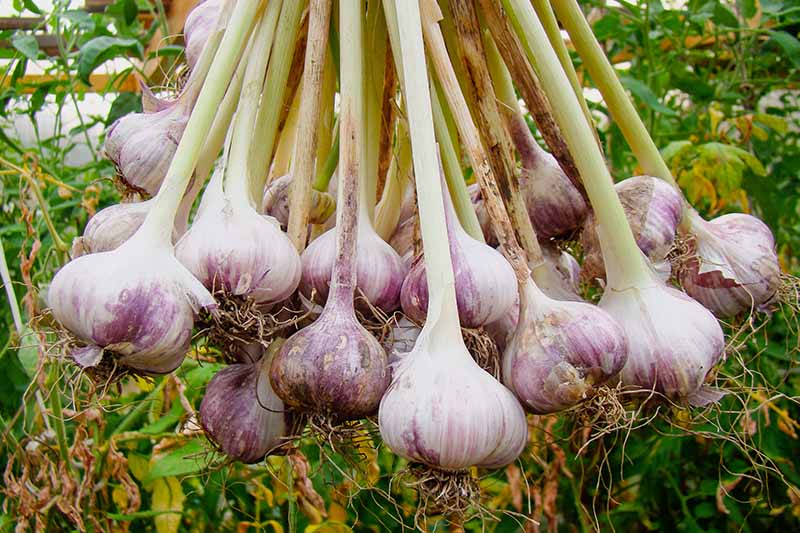

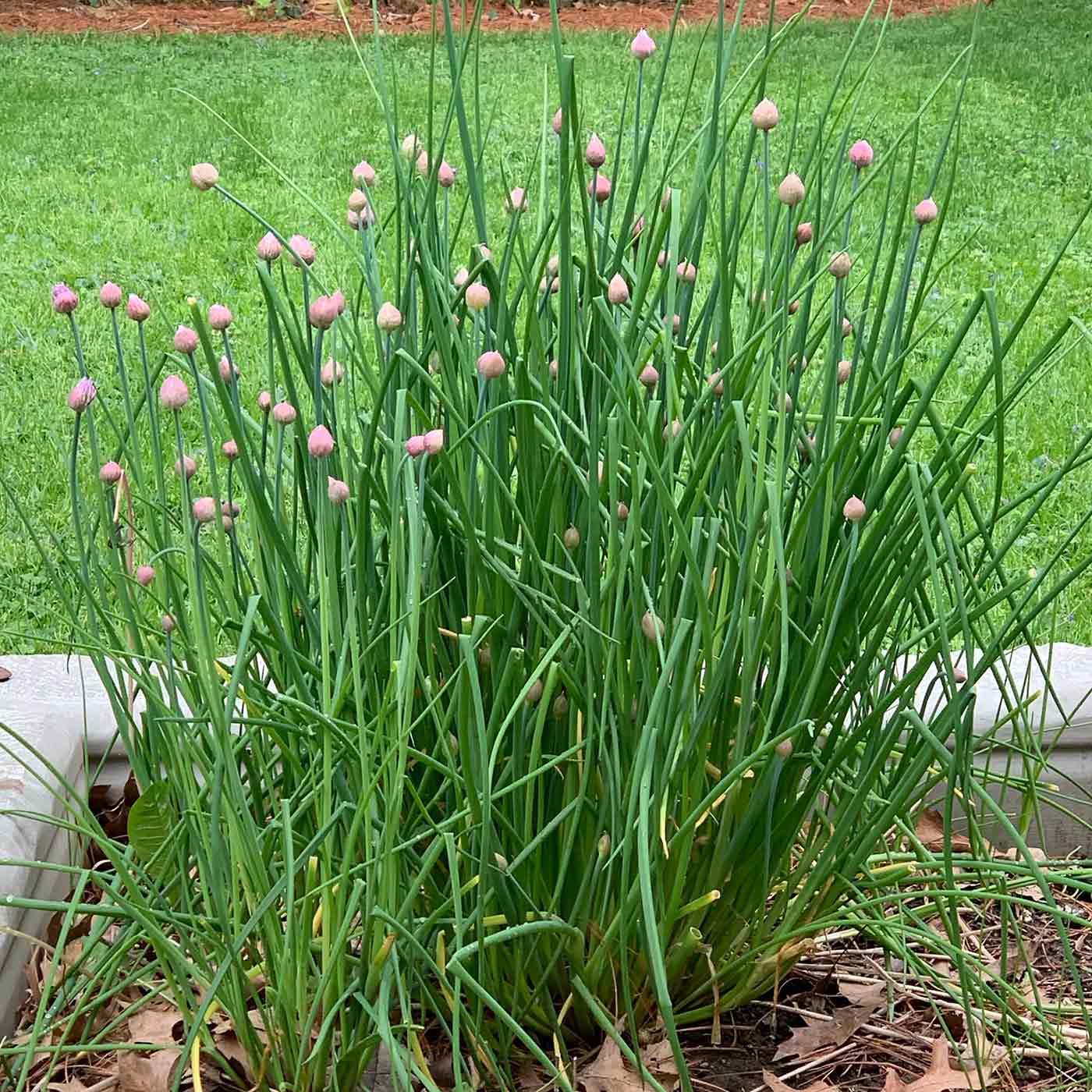
- Potatoes: Potatoes and runner beans compete for the same nutrients, so they should not be planted together.

- Spinach: Spinach can harbor pests that can also damage runner beans.

- Tomatoes: Tomatoes and runner beans can attract the same pests, so they should not be planted together.
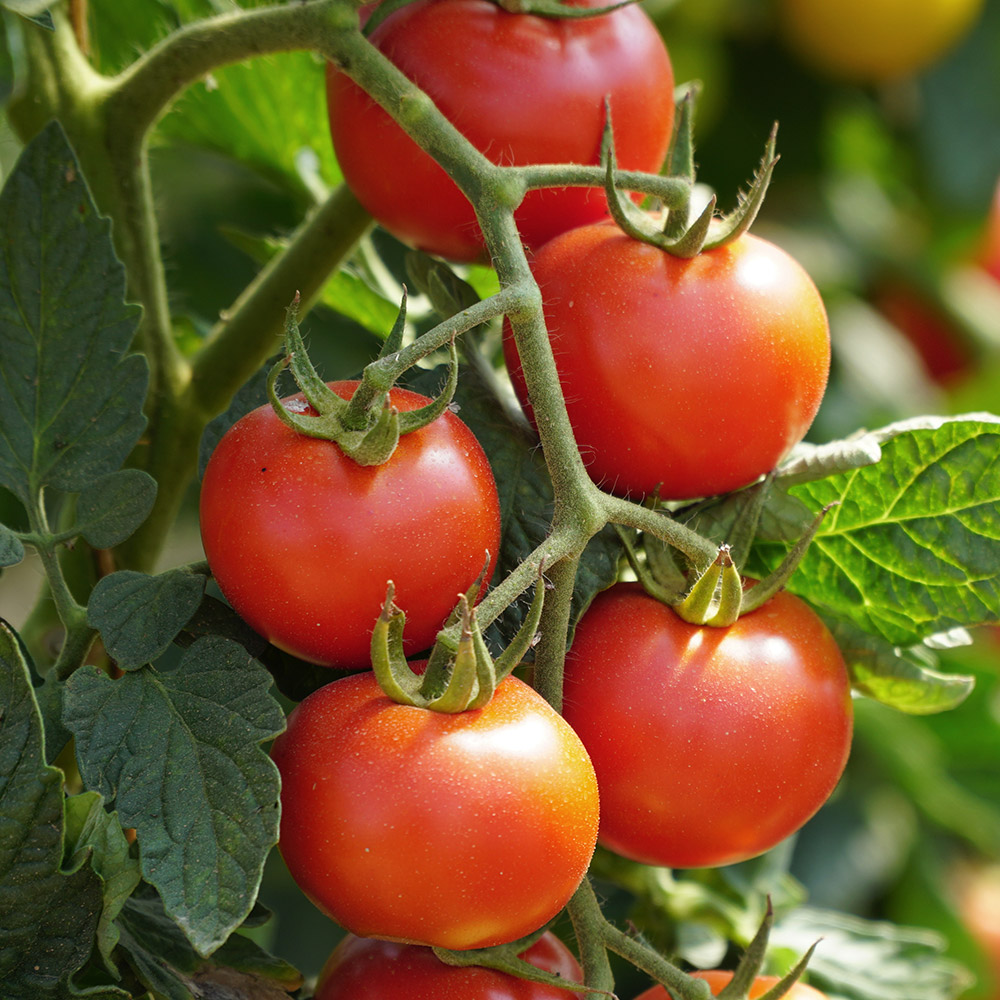
- How do I plant runner beans with other plants?
When planting runner beans with other plants, it is important to consider the size and growth habits of both plants. For example, if you are planting runner beans with tomatoes, you will need to make sure that the tomatoes have enough space to grow. You may also need to provide some support for the runner beans, as they can grow quite tall.
In general, it is a good idea to plant runner beans with shorter plants, such as lettuce, carrots, or radishes. This will help to prevent the runner beans from shading out the smaller plants.
- What are some benefits of companion planting with runner beans?
There are many benefits to companion planting with runner beans. Some of these benefits include:
- Increased yields: Companion planting can help to increase the yields of runner beans. This is because the different plants can help to support each other's growth. For example, basil can help to deter pests, while peas can help to fix nitrogen in the soil.
- Improved soil health: Companion planting can help to improve the soil health. This is because the different plants can help to improve the drainage, aeration, and nutrient content of the soil.
- Reduced pest and disease problems: Companion planting can help to reduce pest and disease problems. This is because the different plants can help to attract beneficial insects and repel pests.
- Increased biodiversity: Companion planting can help to increase the biodiversity of your garden. This is because the different plants can provide food and shelter for a variety of wildlife.
- What are some tips for companion planting with runner beans?
Here are some tips for companion planting with runner beans:
- Do your research: Before you start companion planting, it is important to do your research and learn about the different plants that you want to grow. This will help you to choose plants that are compatible with each other.
- Plan your garden layout: Once you know which plants you want to grow, you need to plan your garden layout. This will help you to ensure that you have enough space for all of the plants and that they are planted in the right location.
- Monitor your plants: Once your plants are in the ground, you need to monitor them closely. This will help you to identify any problems early on and take steps to correct them.
- Experiment: Companion planting is a great way to experiment and find new ways to grow your vegetables. Don't be afraid to try different combinations of plants and see what works best for you.
Image of companion planting for runner beans
Here are 5 images of companion planting for runner beans from pinterest.com:
- Image 1: A bed of runner beans with nasturtiums growing nearby. Nasturtiums are a good companion plant for runner beans because they deter pests and attract pollinators.
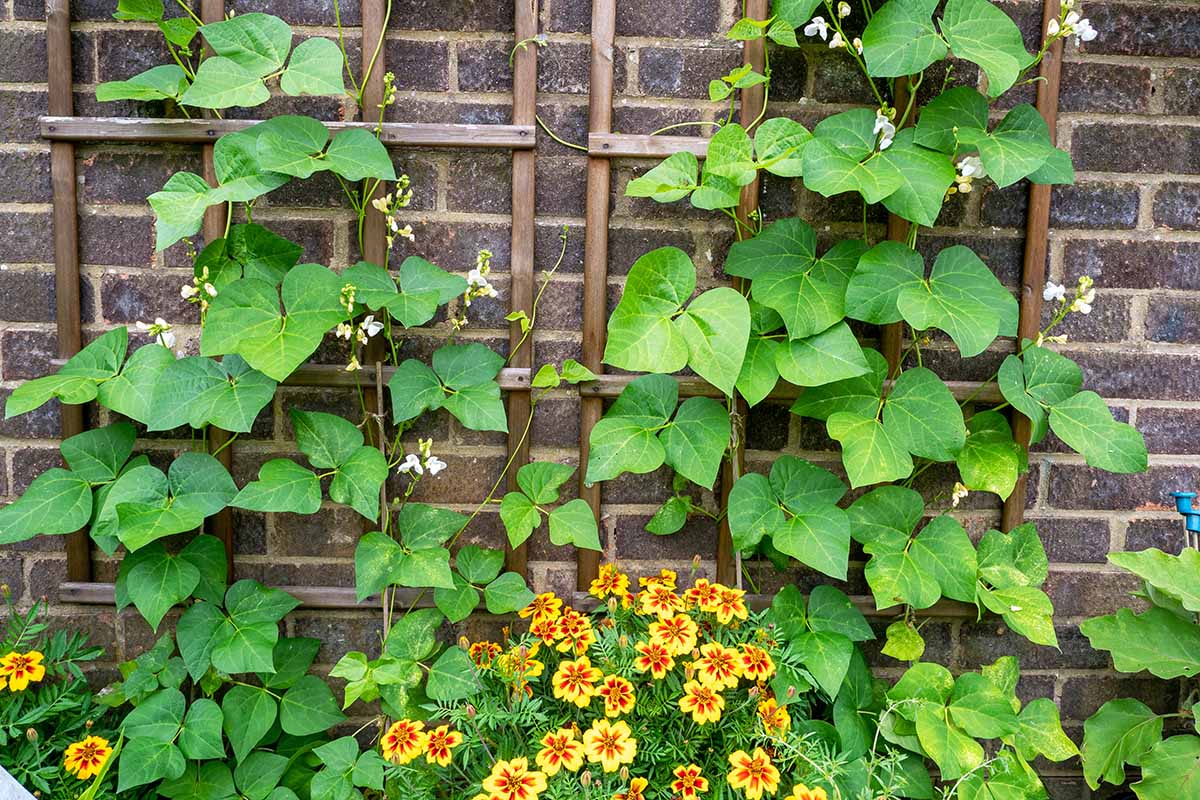
- Image 2: A row of runner beans with marigolds planted between them. Marigolds are another good companion plant for runner beans, as they help to repel nematodes, which can damage the roots of runner beans.

- Image 3: A patch of runner beans with carrots growing nearby. Carrots are a good companion plant for runner beans because they help to improve the soil drainage.
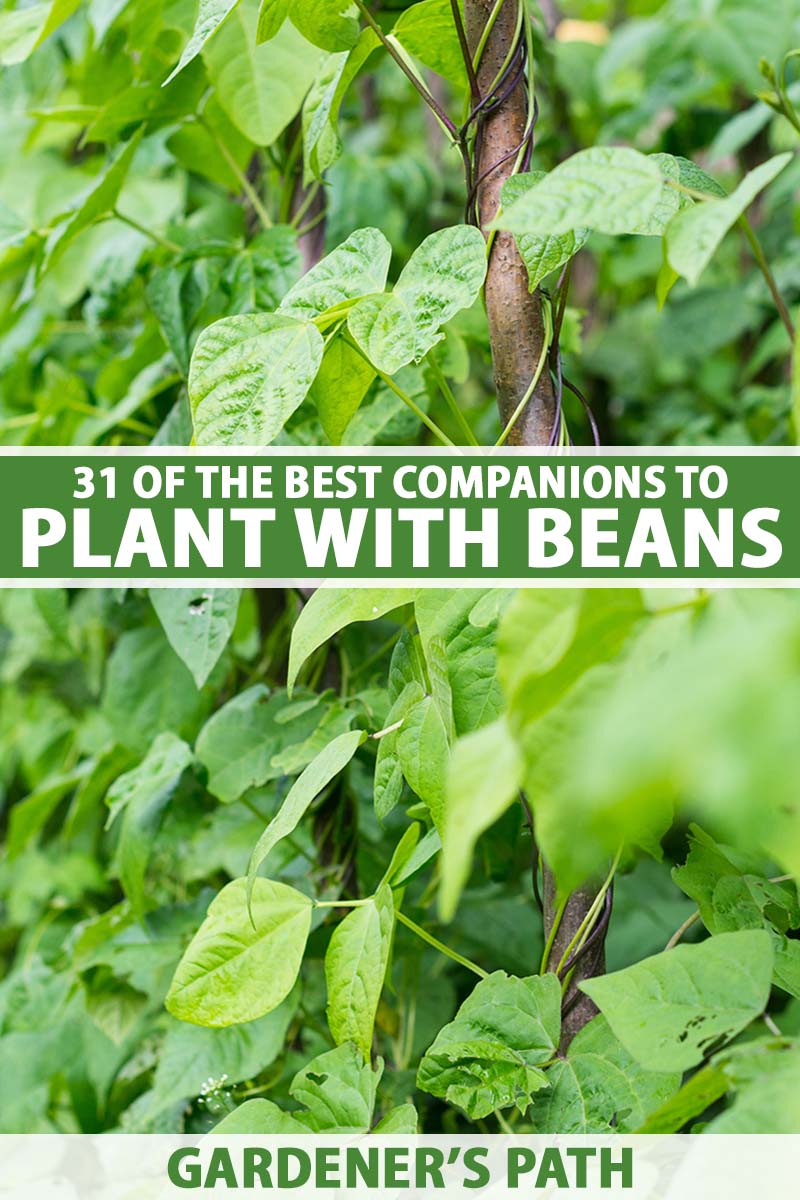
- Image 4: A bed of runner beans with spinach growing at the edge. Spinach is a good companion plant for runner beans because it helps to suppress weeds.

- Image 5: A row of runner beans with tomatoes planted nearby. Tomatoes are a good companion plant for runner beans because they help to attract pollinators.
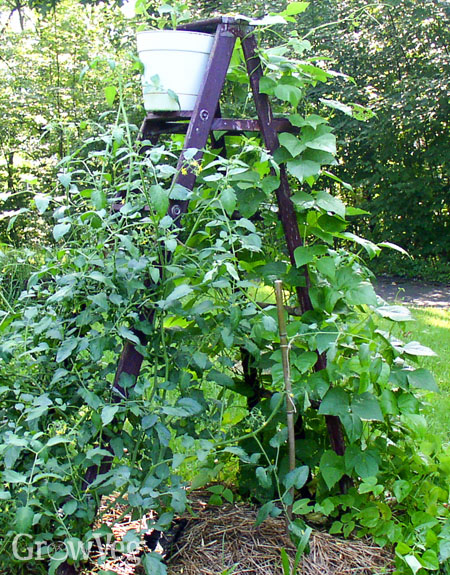
Post a Comment for "The Ultimate Guide To Companion Planting For Runner Beans"